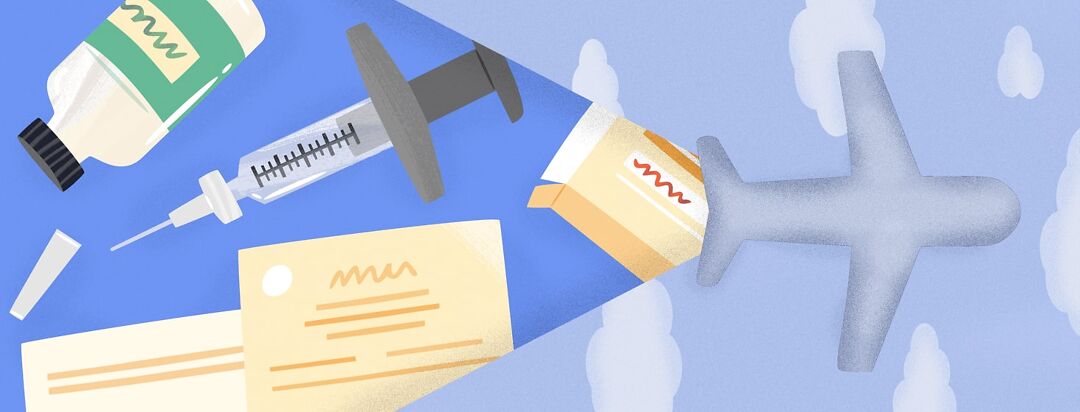My First Trips With AS
Doctors diagnosed me with ankylosing spondylitis at the beginning of the COVID-19 pandemic. As we all know, everything was closed, and we couldn't travel to avoid spreading the viral infection. I avoided travel after starting a biologic, Humira, knowing the immunosuppressive effects increased the chances of me getting sick.
Thankfully, scientists developed the COVID-19 vaccine. Even though it's still possible to get infected, a sense of normalcy has returned. The idea of traveling is not as scary as before as long as we continue using face masks and sanitizing protocols.
An opportunity to travel
Last fall, as part of my medical school training, I had the opportunity to participate in an away rotation at Mt. Sinai Hospital in New York City. While I was excited about this new learning experience, I had concerns about traveling with AS while on biologic therapy for the first time.
Since I was going to be traveling for a month, I needed to bring two Humira pens with me. This medication must be stored at a cool temperature to remain stable for usage. Therefore, I had to figure out how to keep it cool during the five-hour trip.
Traveling with Humira
When I asked my rheumatologist for advice, she mentioned that pharmacies can sometimes provide a cooler for patients who will be traveling with medications like Humira. I called the pharmacy as soon as possible, but they were out of stock of the specialized travel coolers. I considered traveling with Humira in a lunchbox, but I wasn't sure if that would maintain the right temperature for all those hours.
Luckily, my mother, who is a nurse, talked to her coworkers about my struggle with traveling with Humira. They recommended an insulin travel case that should fit my Humira pens. The pens fit perfectly, and I carried the case inside my personal bag to keep it safe. After the six-hour trip, both pens were still at the right temperature, and I finally stored them in the refrigerator.
The uncomfortable plane seat
Now that I had the medication issue under control, I felt ready for this new adventure. It wasn't until I was on the plane and sitting on the not-so-comfy chair that I realized my back would probably suffer after sitting for so many hours.
Around two hours into the flight, I got the urge to stand up and stretch due to pain and stiffness. I took a few "bathroom breaks," but they were just an excuse to ask the people next to me to move so I could walk and stretch my achy back. This gave me temporary relief during the trip, allowing me to get to my destination without a major issue.
After this experience, I learned that aisle chairs will definitely be more convenient for future trips. That way, I can stand when needed without feeling like I'm bothering other people.
Learning and improving my travel skills
I have been on two more trips since my first time traveling with AS. As I refine my travel planning skills, I’m reminded of the importance of prioritizing our health wherever we go.
We must consider factors such as flight length, seat location, destination weather, needed medication, and planned activities to prevent flares, maintain our health, and enjoy the trip while maintaining our well-being.
Now that summer is almost here, I'm sure many of us have new travel plans. I would love to hear more planning tips for patient travel, especially for those traveling with AS or managing medications like Humira on the go. Feel free to share them in the comments!

Join the conversation